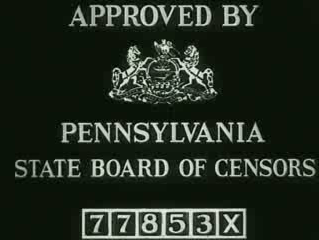
The Pennsylvania State Board of Censors was an organization under the Pennsylvania Department of Education responsible for approving, redacting, or banning motion pictures that it considered "sacrilegious, obscene, indecent, or immoral" or might pervert morals.
